Visiting Data Darbar in Lahore
Mosques and Shrines of Lahore
Data Darbar may not be the oldest Muslim place of worship in Lahore, but within its walls, you will find the courtyards teeming with life. There are many mosques in Lahore such as the Badshahi Mosque whose history stretches back centuries and the Grand Jamia Masjid which has some of the most unique modern architecture in the city. But it is at Data Darbar where you can witness traditional Islamic customs come to life. Although most tourists would be more inclined to visit the sites situated within the lawless Walled City of Lahore, all eyes and hearts of the people of Lahore are fixed on the Data Darbar.
So what makes the Data Darbar so special? Data Darbar is the largest Sufi shrine, not only in Lahore but in all of South Asia. Made up of a mausoleum housing the remains of Ali Hujwiri and a unique turquoise mosque called the Jamia Hajveria Mosque, Muslims throughout the region make regular pilgrimages to Data Darbar to pray and pay their respects to the late Muslim mystic. With Urs (death anniversaries) attracting as many as a million people to the grounds of this darbar, you can feel the holiness of this site as soon as your feet touch the marble courtyard.
You can explore more Sufi traditions in Lahore at the Bibi Pak Daman Shrine!
Data Darbar: Under Attack
Extremist groups such as the Taliban in Pakistan have long had their sights on the largest Sufi shrine on the sub-continent. Just as how many Protestant Christians don’t agree with praying through Saints and the Holy Mother Mary, some Muslims consider Sufi Malangs (Saints) to be worshiped like idols and accuse Sufi followers of engaging in Polytheism. Rather than removing themselves from these darbars and being tolerant of other beliefs, these terrorist organizations send suicide bombers to attack shrines such as the Data Darbar.
Due to the violence against Sufi shrines in Pakistan, many of these sacred sites have been barricaded with sandbags and encircled with miles of barbed wire. It will feel more like you are walking into a warzone rather than entering one of the holiest shrines in Lahore. Before you can even step foot into the darbar, you will be thoroughly searched. For those with bags and cameras, the police will not allow you to into the Data Darbar. Although phone cameras are fine, DSLR and more professional equipment are not permitted into the complex.
One of the most popular shrines in Lahore is the Baba Shah Jamal Darbar, read how to visit the shrine here!
Jamia Hajveria Mosque
Many, but not all, Sufi shrines are usually built in front of a mosque. The tomb of Ali Hujwiri is no exception, with his grave in the long shadow of the massive and space-age style masjid known as the Jamia Hajveria Mosque. With its unique design, it looks like a colony that houses astronauts on the Moon’s surface rather than a place of worship. With its white exterior matched with the marble courtyard, this mosque’s style is unlike any other you have ever seen.
Although the modernist style separates the mosque from all other houses of worship in Lahore, the interior is quite plain. Rather than having massive carpets covering the floors and the names of Allah stretching up to the heavens, the main hall is quite plain with only some inscriptions written on the front-facing wall. While there are always some Muslims praying towards Mecca, many people can be found sitting on the cool marble floors escaping the heat from the outside.
Want to visit the most historic mosque in Lahore? Read about visiting the Badshahi Mosque here!
The Shrine of Ali Hujwiri
From the second you step foot into the darbar, you will find the crowds circulating around one small tomb situated in the heart of the courtyard. You can find many devotees with their hands out in prayer before them as they recite verses towards the tomb of Ali Hujwiri. Born near Ghazni, Afghanistan, Ali Hujwiri spent this life studying in preaching across the Muslim world in cities such as Baghdad and Damascus before eventually settling in Lahore. Ali was instrumental in spreading Islam to the Sub-continent, with many rulers even converting to the religion after listening to him preach. After his death it is said that his tomb preserved many of his miracles and hold spiritual powers. Through the centuries the darbar has attracted people from all faiths, seeking enlightenment and healing from the mausoleum.
Even if you are not a believer, the shrine is a place where you can see Muslim traditions come to life. In the eyes of many Islam may seem stoic and restricting, but at the Sufi shrines throughout Pakistan, you will begin to see the colors and life of the religion. There was a time when in front of the tomb musicians would perform qawwali and dancers would move to the praises echoing in the courtyard. The music and dancing (known as dhamal) have been removed from the public eye in recent years due to the attacks. All that one can do is pray that a time will come again where you can see these traditions come alive.
There are still some places in Pakistan where you can see traditional Sufi music. Read about visiting Kasur here!
Reviving Sufism
The traditional mystical interpretation of Islam is under attack. As the religion spread throughout the world, it absorbed many traditional beliefs and customs from Zoroastrianism and even Hinduism. Although from an outsider’s perspective, this may not seem like pure or orthodox Islam, it does, however, preserve many parts of a people’s heritage and history, although attached to a larger religion. Song and dance are forms of expression deeply woven into the fabric of South Asia. No matter what your creed may be, these customs are linked directly to the hearts of the people of Pakistan and India. Removing these traditions is like removing a part of the soul of these countries.
As Pakistan continues to subdue the terrorists throughout the country, one can only dream of a time when the musicians can emerge from the shadows and again praise Allah through poetry, song, and dance. When entering a place like Data Darbar, you can feel as if an essential part of the shrine has been gutted. Without the verses reverberating throughout the halls, the grounds feel almost hollow. This is not to mean that Data Darbar is not worth traveling to, but that there was and hopefully will be a time where you can not only take in the beauty of the mosque and shrine but also feel the presence of God.

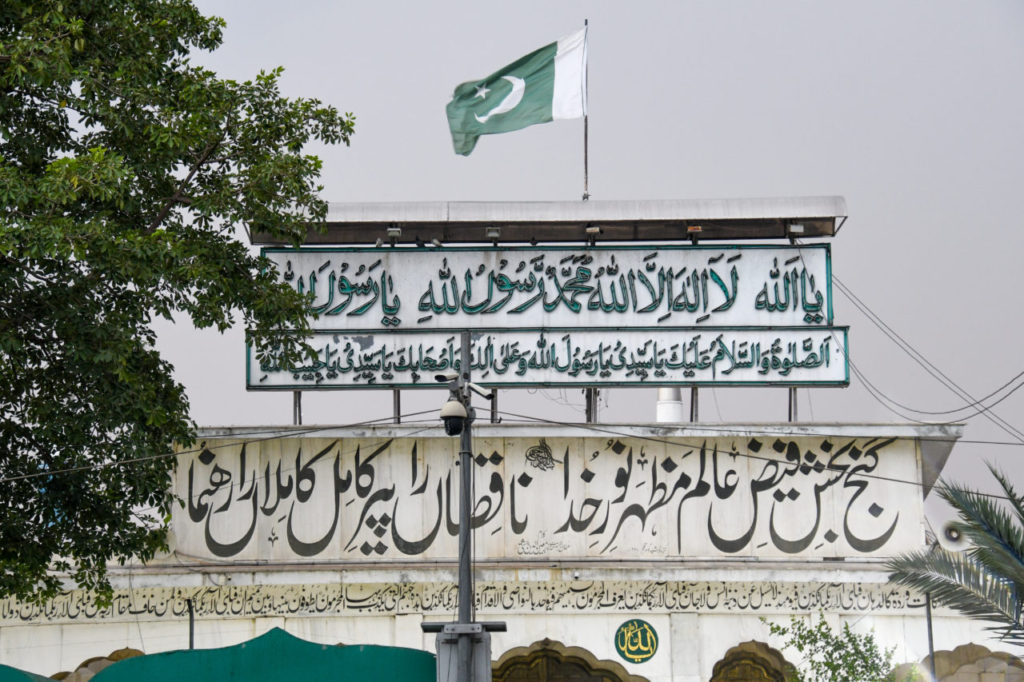
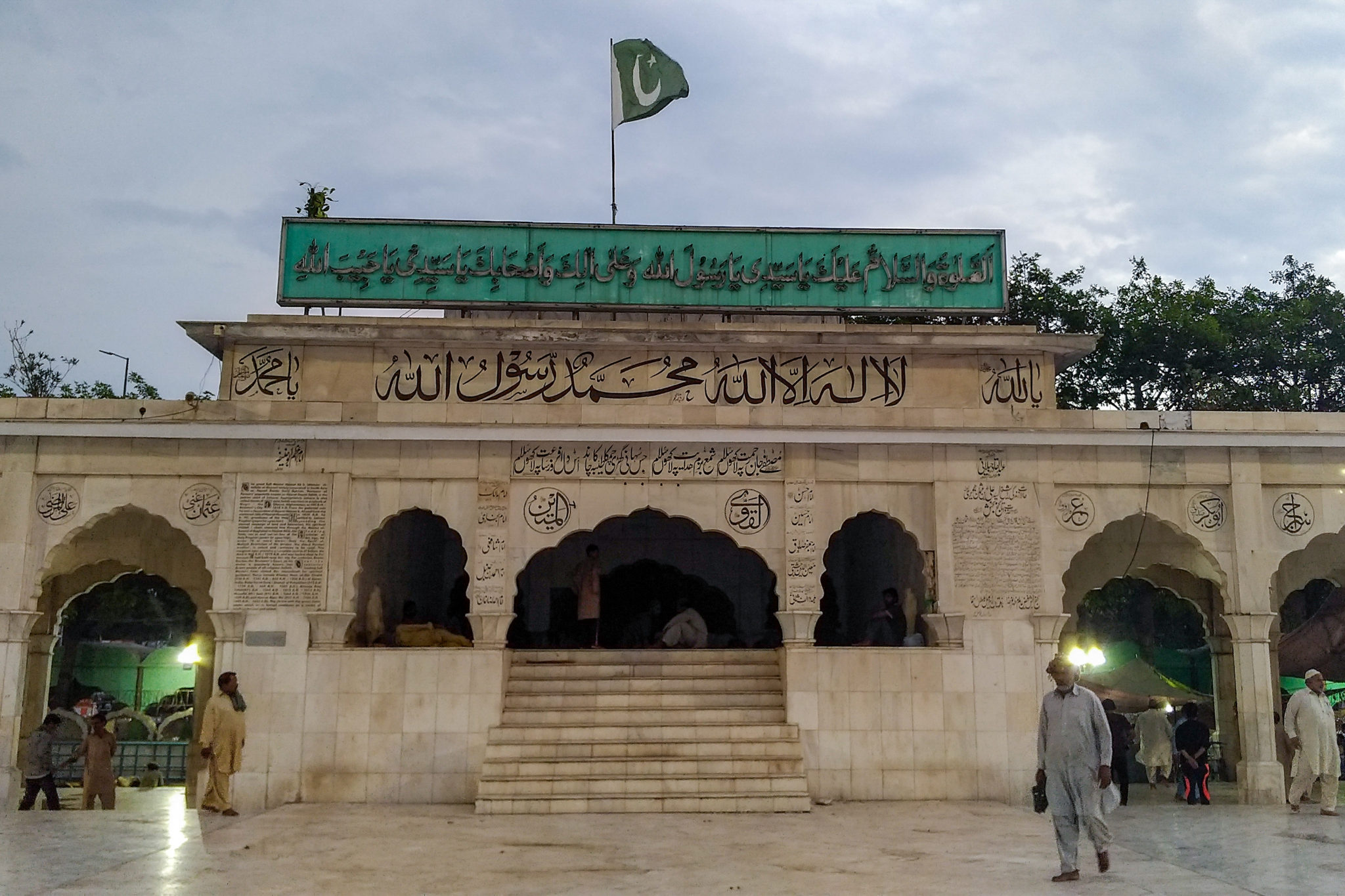
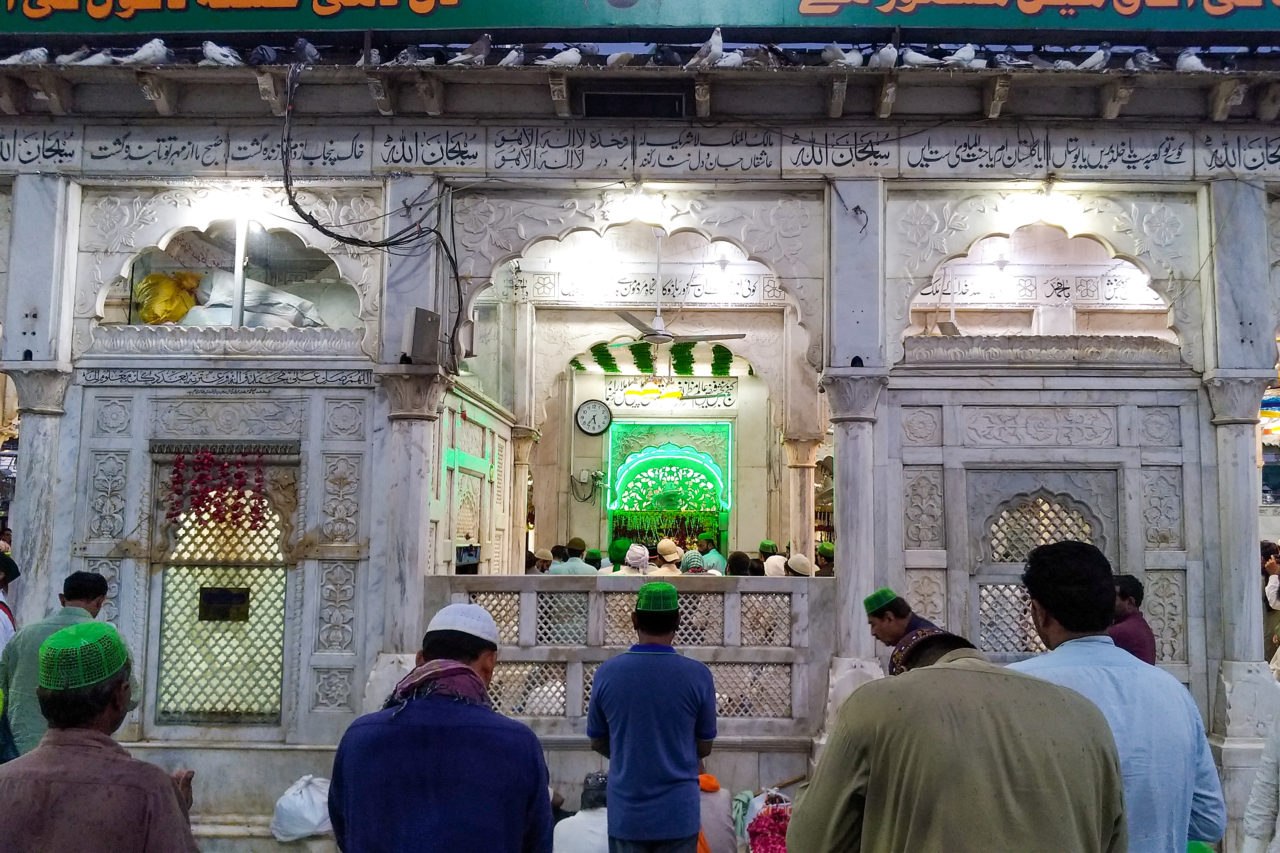
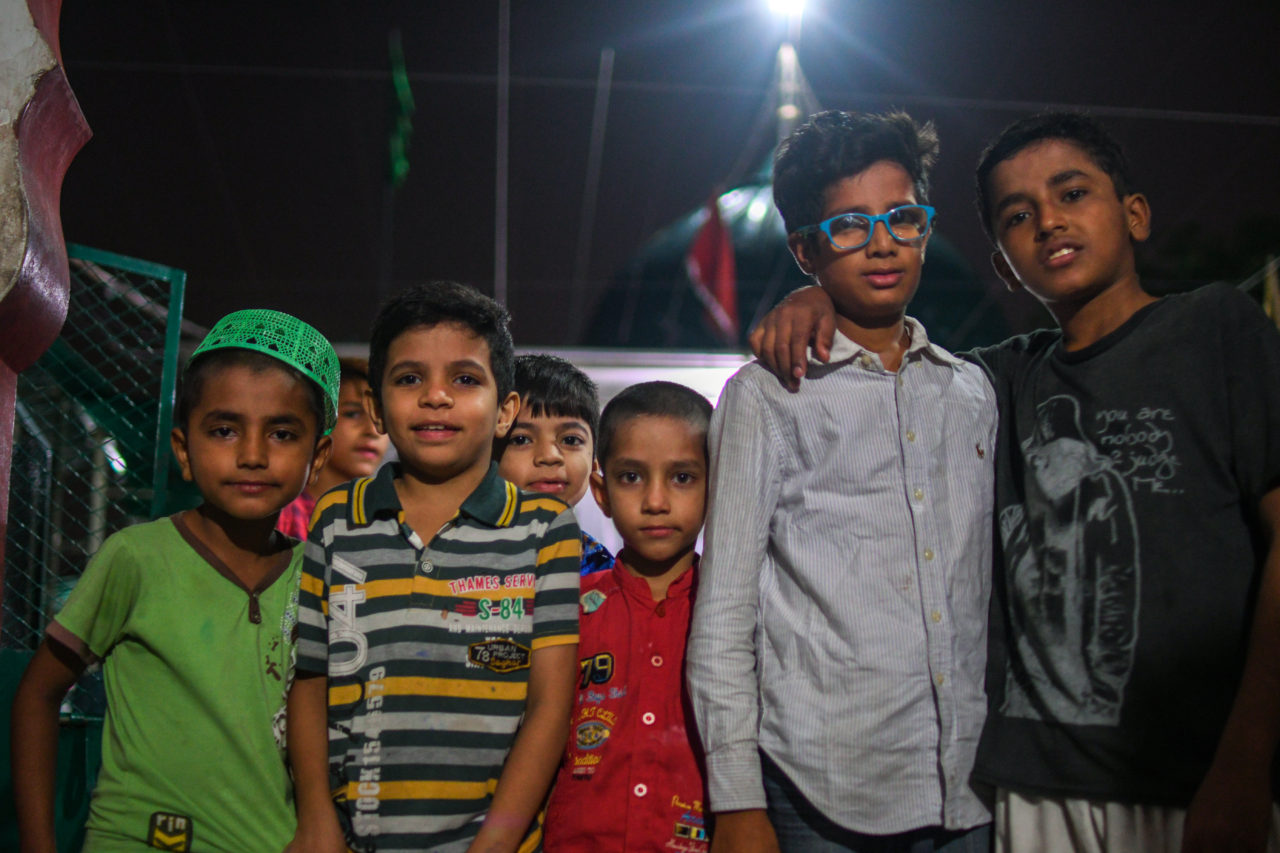
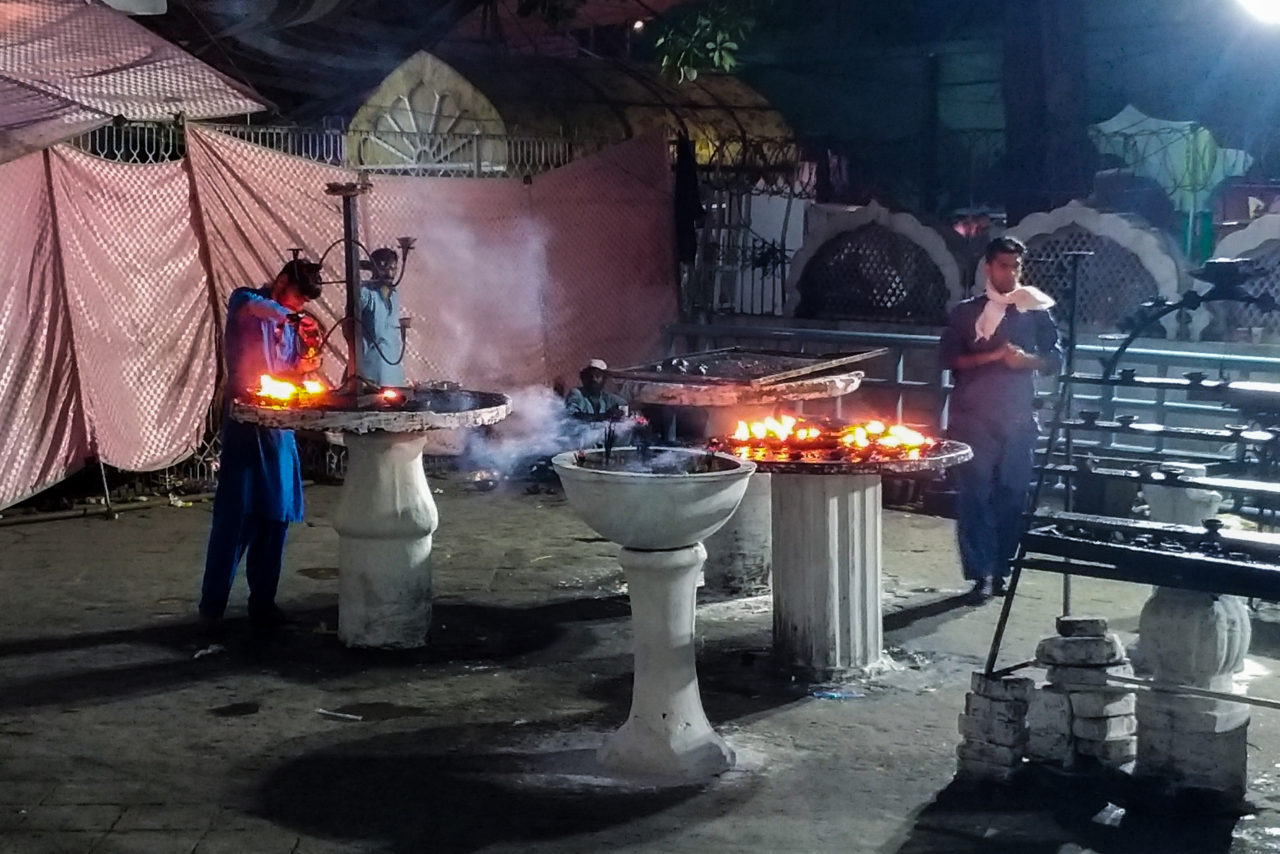
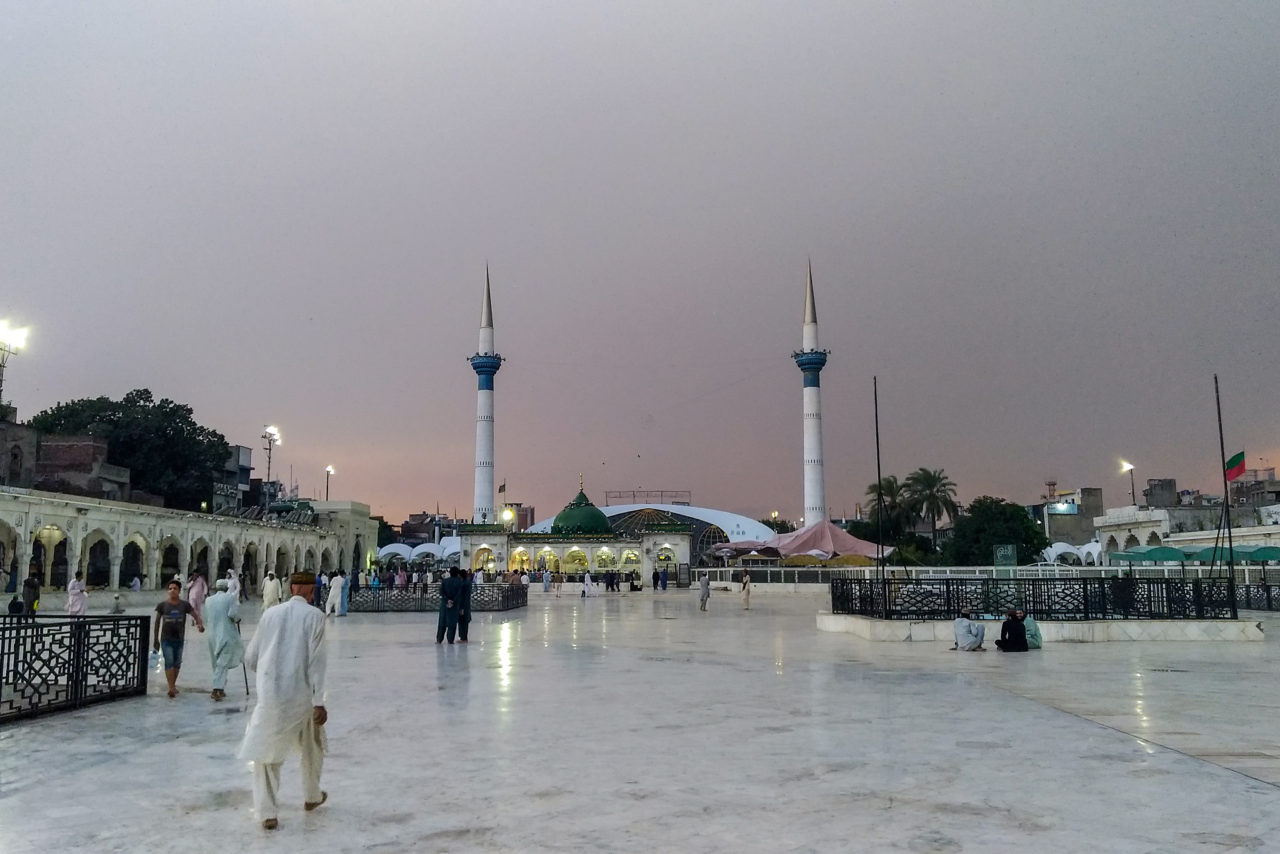
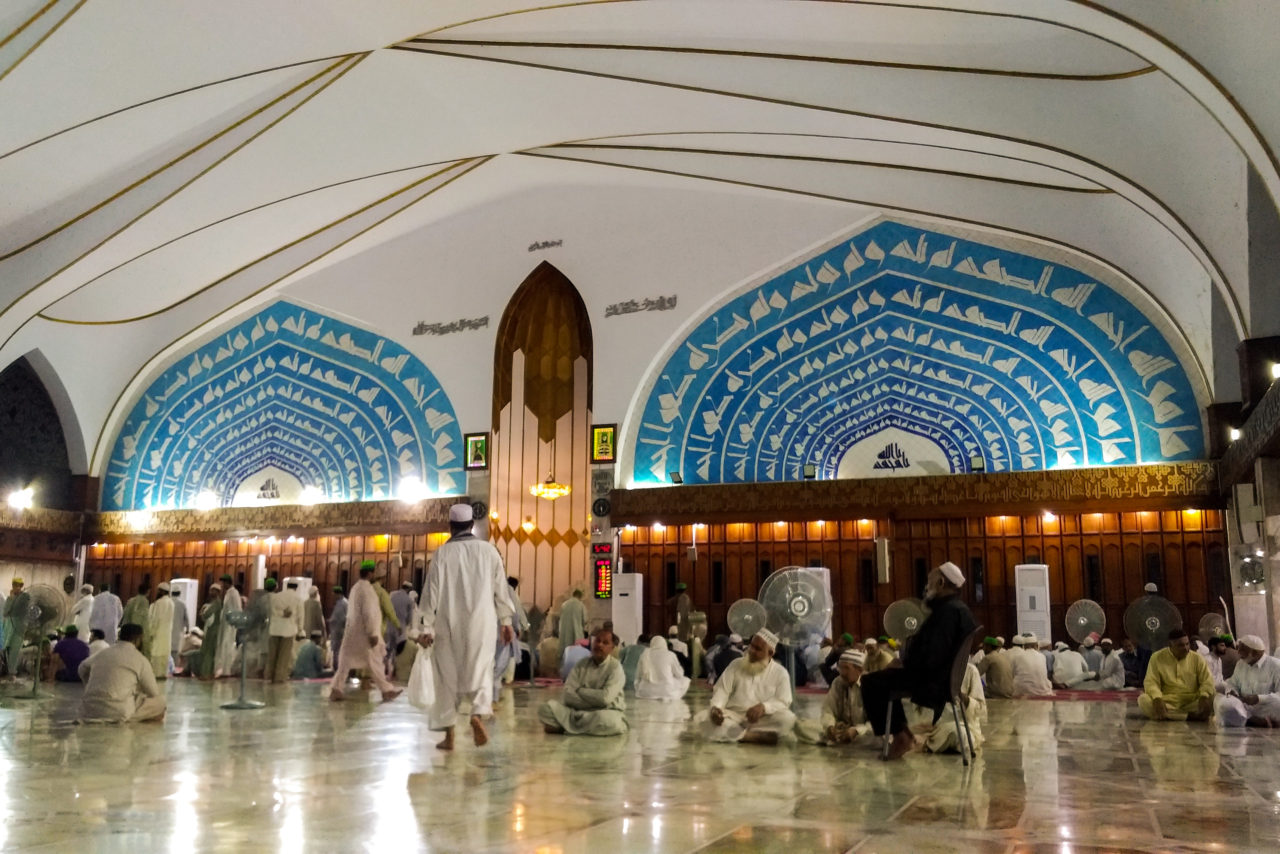
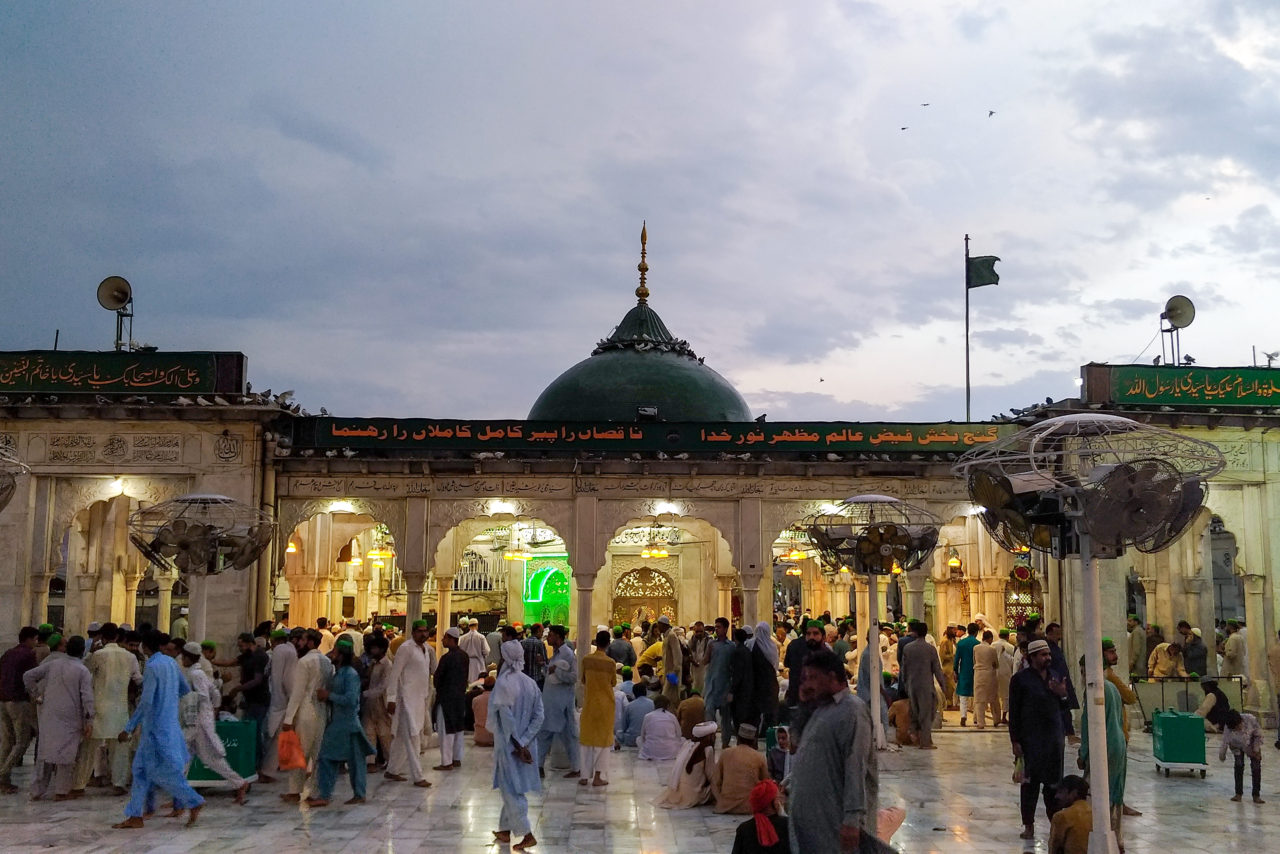
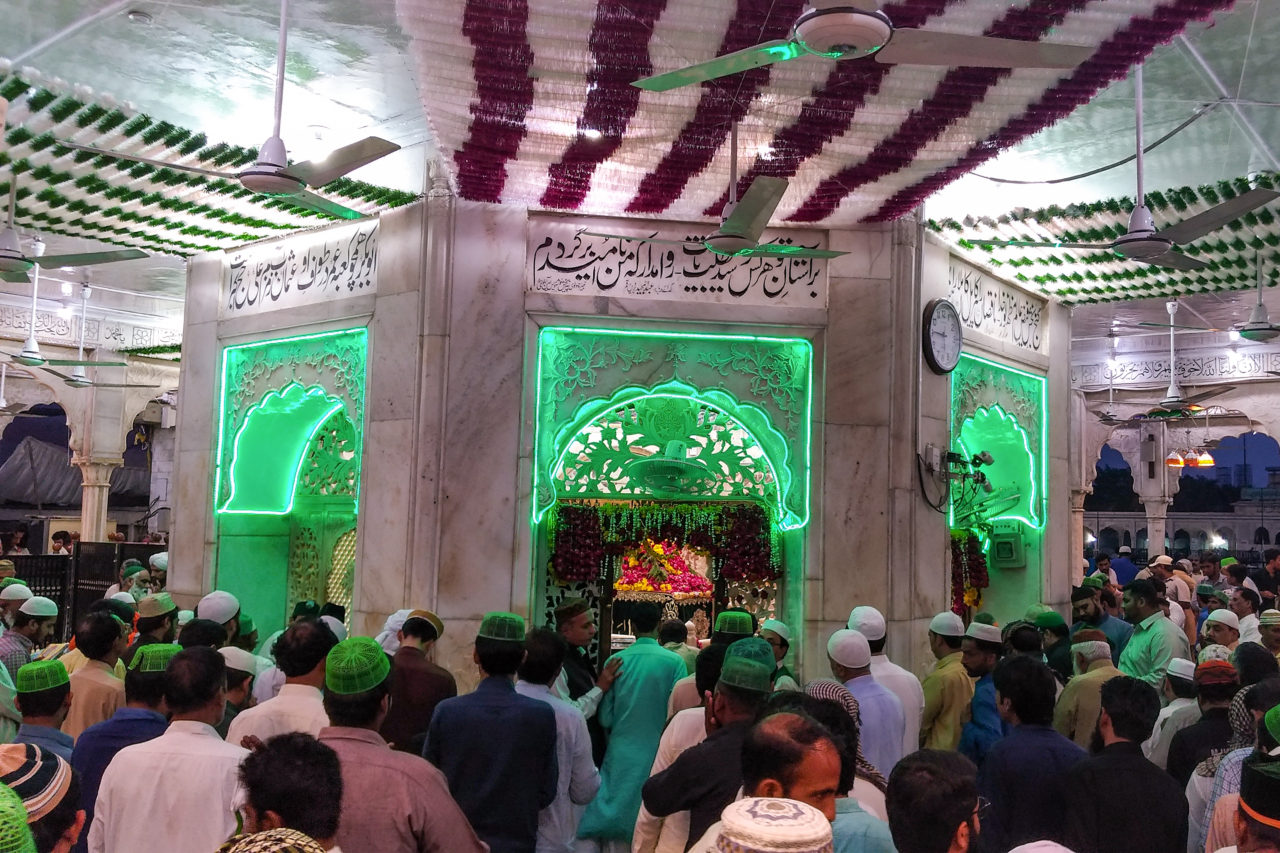
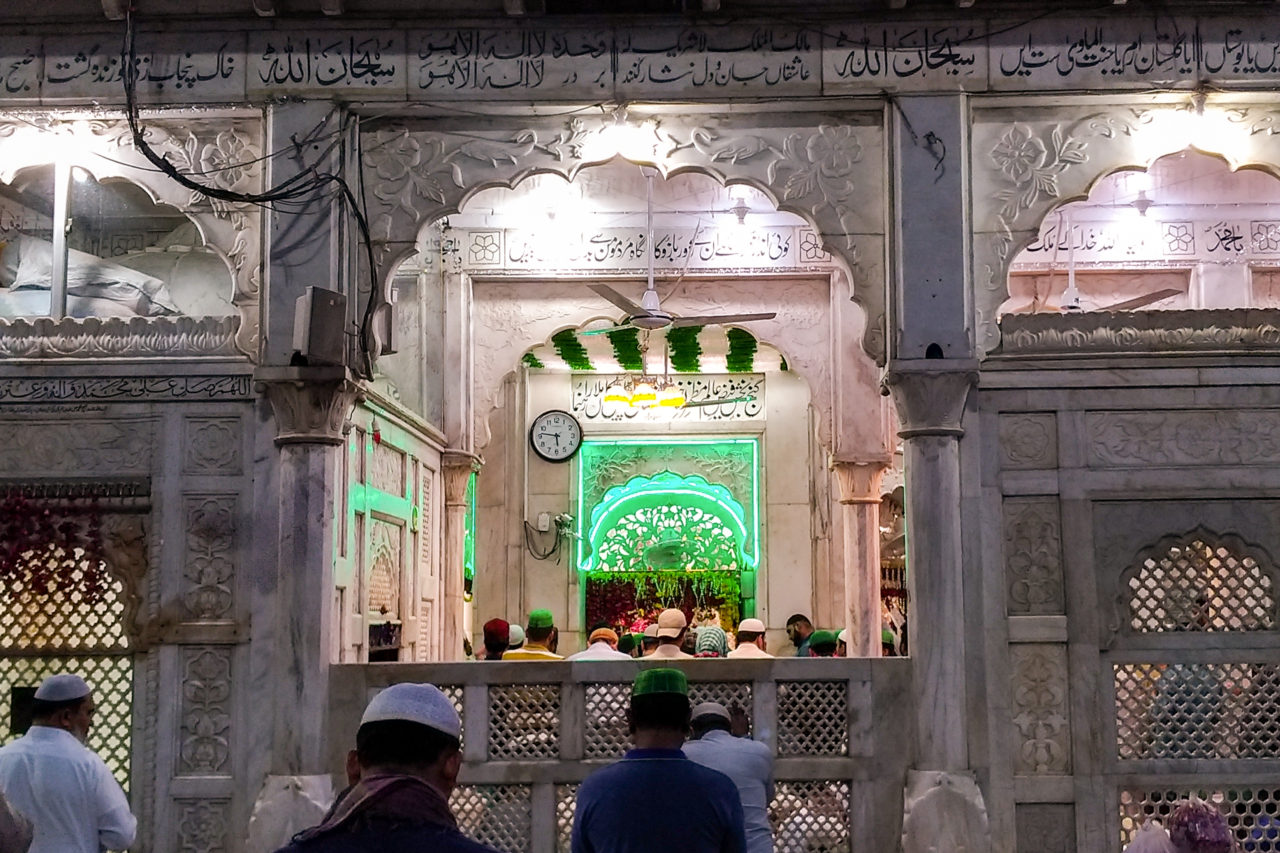
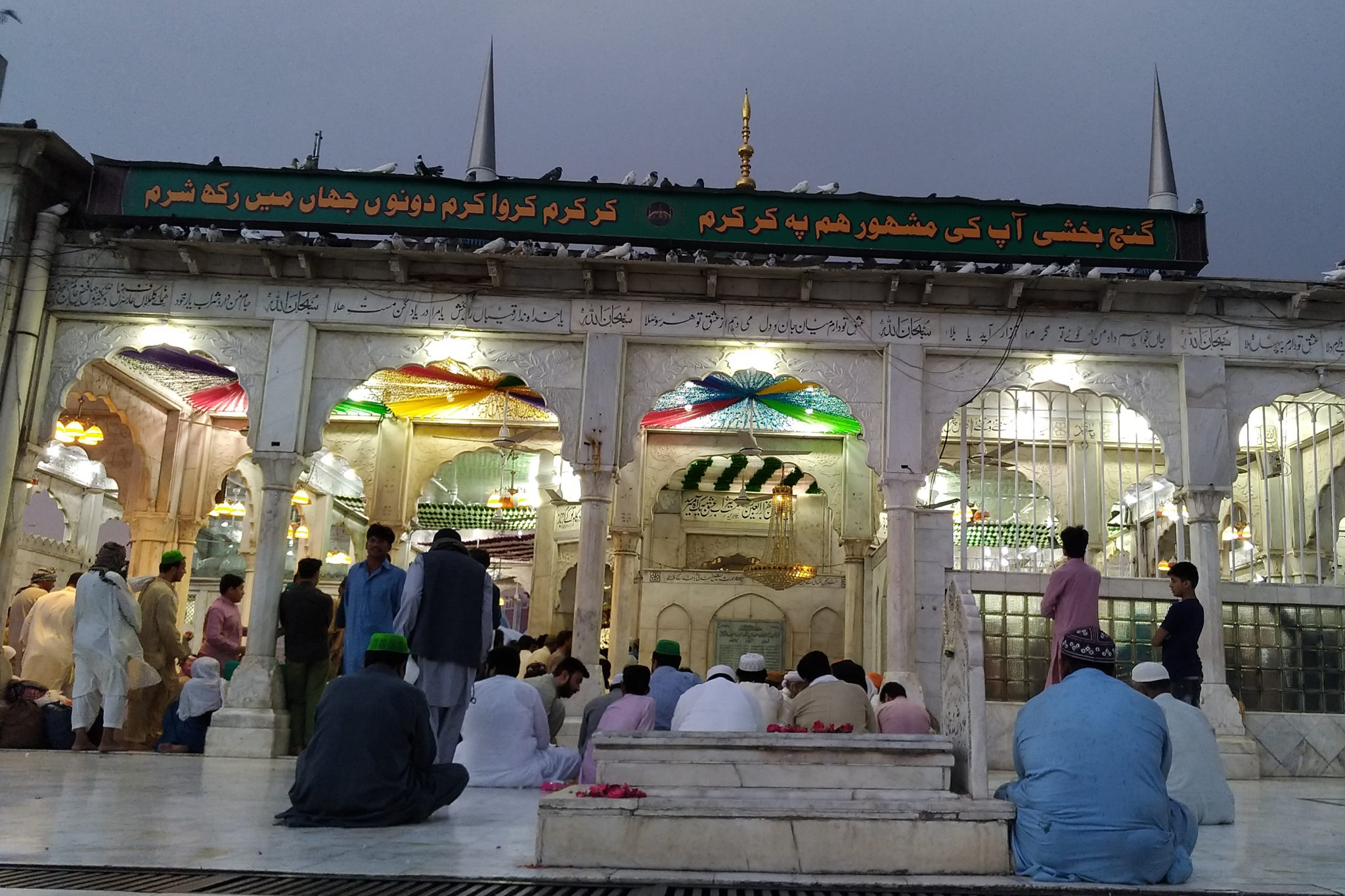

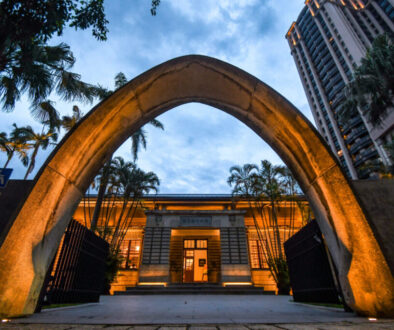
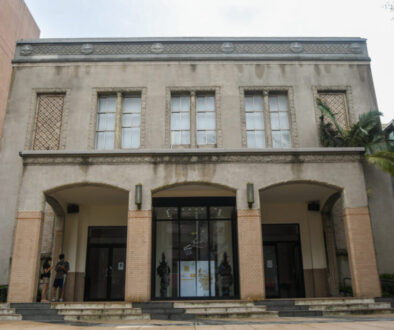


What To Do In Peshawar Pakistan - ORPHANED NATION
May 26, 2020 @ 1:59 am
[…] If you are wanting to get in touch with traditional Sufi culture in Lahore, be sure to visit Data Darbar! […]